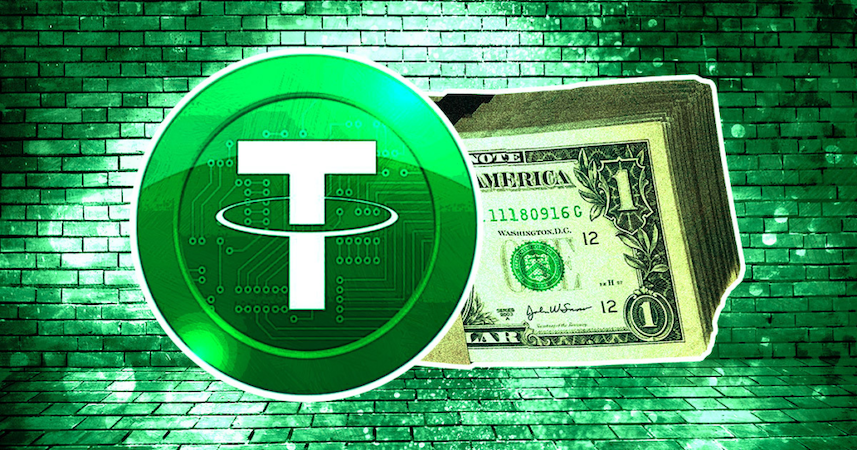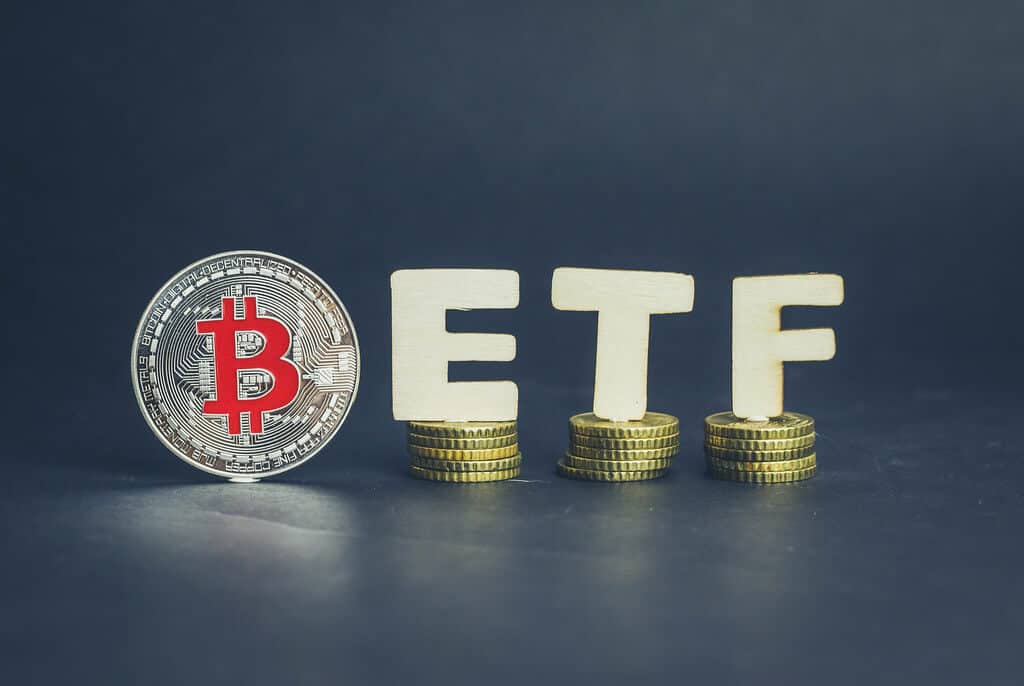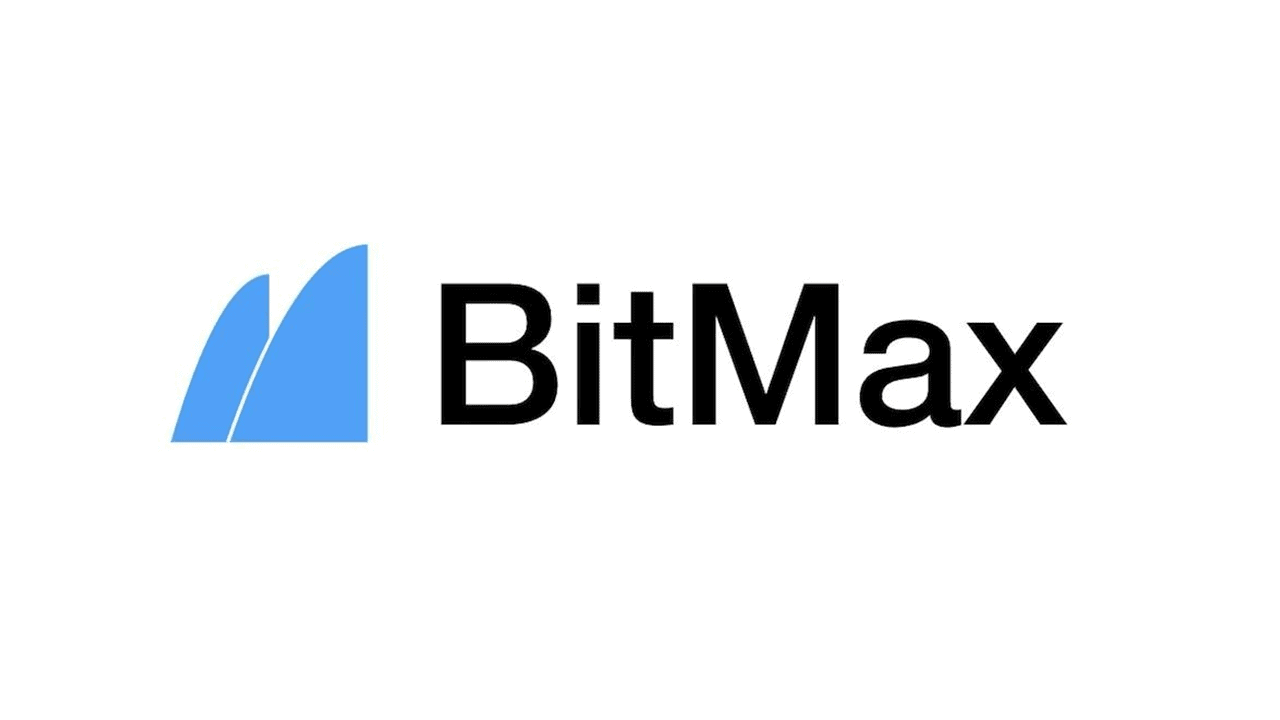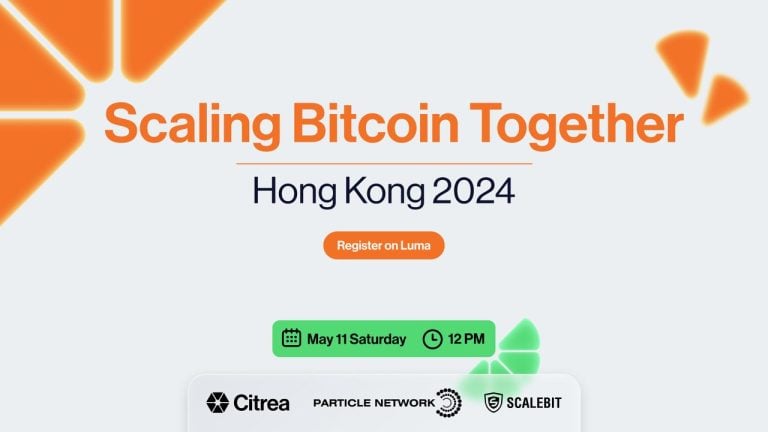With the implementation of seaports, Opensea now supports MATIC and Polygon (AB)

In a Twitter thread, OpenSea announced the implementation of seaports.
All recent listings and recommendations on Polygon will now be made using Seaport! To improve the user experience on OpenSea, we’re excited about starting employing Seaport across several blockchains.
The largest NFT market by volume, OpenSea’s Seaport protocol implementation, now uses the layer two scaling technique, Polygon.
In June, OpenSea announced that it was replacing the Wyvern protocol with the open-source Seaport protocol, which has been looked at by Web3 security firms OpenZeppelin and Trail of Bits.
Back then, OpenSea said that switching to OpenSea would result in $460 million in yearly cost reductions. The change was designed to lower the price of Ethereum gas, make signature confirmation procedures simpler, and do away with the need for new users to pay an initial setup charge.
Possibly the most essential new component is the option to list and buy on OpenSea using MATIC, the Polygon network’s native coin. OpenSea now allows payments made with $MATIC, the native token of Polygon, as a part of the move to Seaport.
Anyone using $MATIC to transact on Polygon via OpenSea will now be responsible for paying their gas expenses.
What are Polygon and MATIC?
An alternate scalability option for the Ethereum blockchain is Polygon. These kinds of solutions function on top of an existing blockchain network instead of developing their blockchain. In this case, Polygon runs on top of Ethereum, becoming increasingly costly and sluggish to operate.
The Ethereum blockchain can perform 14 transactions per second as of December 2021, with an average transaction cost of $25. For everyone who saves the wealthiest customers, life may become tough and unexpected when these costs surge during heavy network congestion. The typical Ethereum cost rose to $71 in May.
The costs may soon add up and cost hundreds of dollars, which is a major issue for anybody wishing to use Ethereum-based decentralised finance (DeFi) protocols, non-fungible token (NFT) exchanges, or transfer tokens across the network.
Scaling solutions like Polygon reduce costs by handling some of those operations elsewhere. On Polygon’s entire proof-of-stake blockchain, batches of transactions are executed.
You simply have to pay for a small percentage of each Ethereum transaction, plus Polygon’s network fees, which saves time and money. Prices start at a fraction of a cent, and the firm can process up to 65,000 transactions per second, claims Polygon.
You may have noticed the blockchain project Polygon employed in combination with Matic Network throughout 2021. This is because Polygon was once known as Matic Network until the project underwent a rebranding in February 2021.
In 2019, The Matic Network made its official debut. The main source of confusion is that Polygon decided to preserve the ticker MATIC for its native utility crypto token after rebranding. This indicates that the two terms are equivalent. As Ethereum is to ETH, Polygon is to Matic.
Buy MATIC on eToro
Your capital is at risk.
Read More
- Best NFTs to Buy
- Best NFT Projects
Tamadoge – Play to Earn Meme Coin
- Earn TAMA in Battles With Doge Pets
- Capped Supply of 2 Bn, Token Burn
- NFT-Based Metaverse Game
- Presale Live Now – tamadoge.io
Powered by WPeMatico








